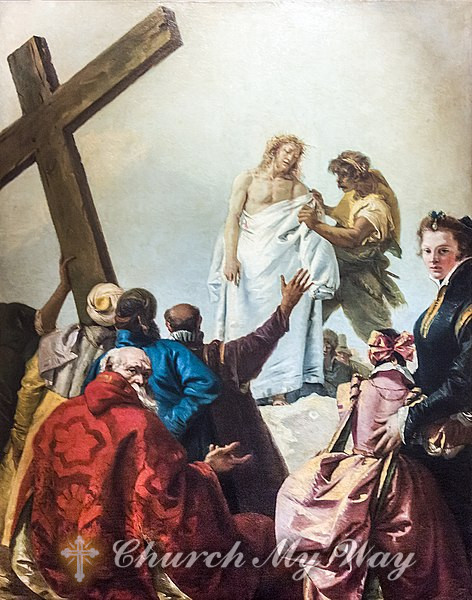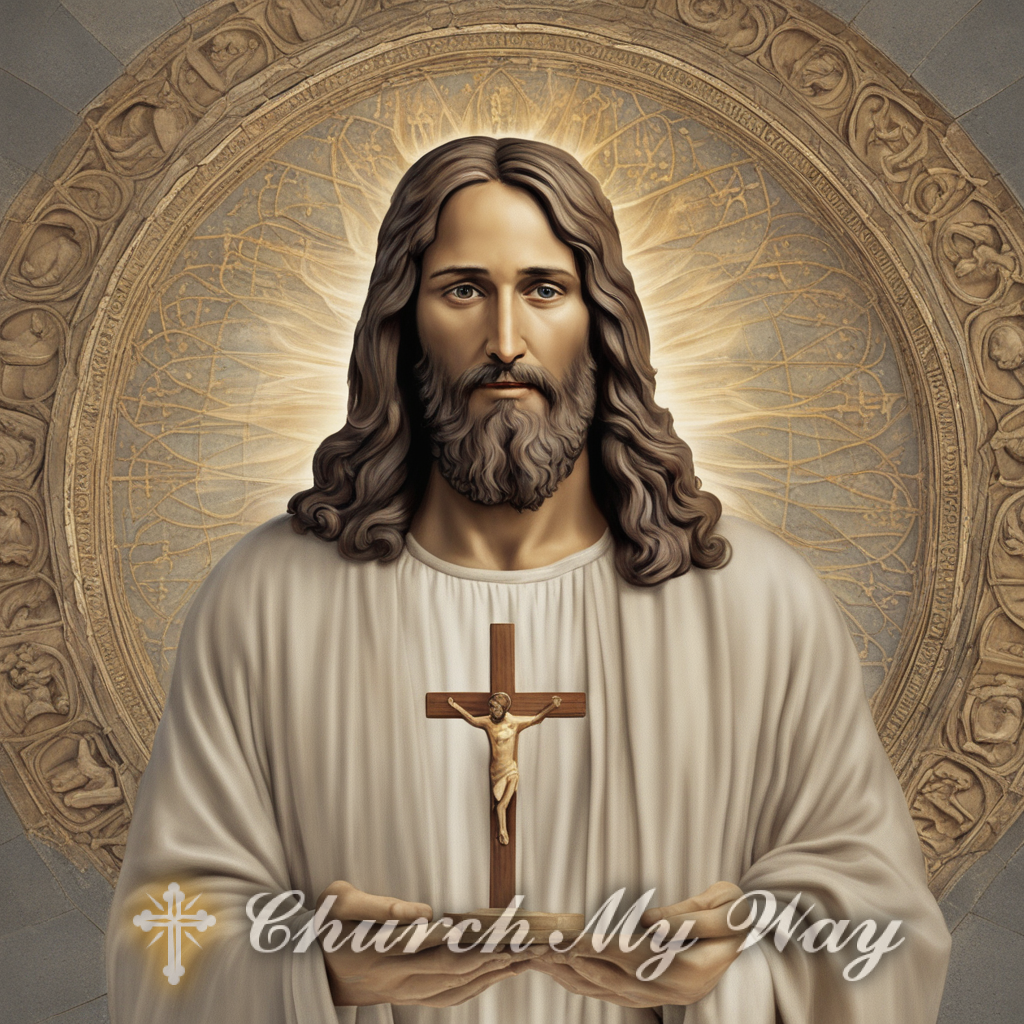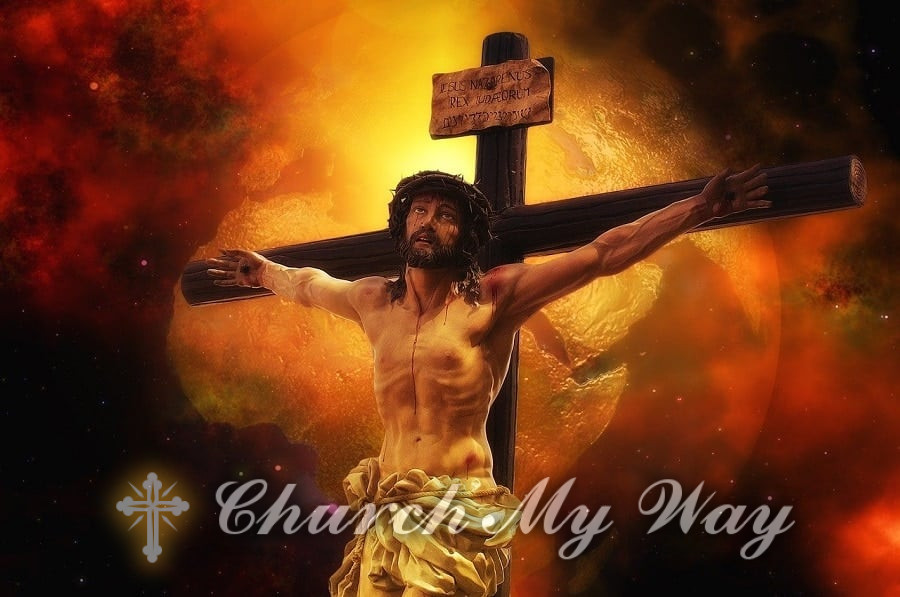Exploring the Timeless Enigma: ‘What Religion Was Jesus?’ – Born, Lived, and Died as a Jew
Setting the Historical Stage
Seekers of truth, as we embark on this enlightening journey through history, one question often emerges: ‘What Religion Was Jesus?’ While Jesus, a figure who has profoundly touched countless souls, is frequently associated with Christianity, his true roots lie deeper. To genuinely comprehend the depth of his teachings and his identity, we must delve into his origins, deeply anchored in the traditions of his time.
The Jewish Landscape of Jesus’ Time
Galilee: A Reflection of Jewish Heritage
Jesus was born in Galilee, a region that stands as a testament to the rich traditions of the era. This wasn’t merely a place of residence; it was a vibrant part of the landscape, teeming with customs and teachings that played pivotal roles in shaping Jesus. When we ask, “What religion was Jesus most influenced by?” the historical and cultural backdrop of Galilee provides a compelling answer.
Interactions with Jewish Sects
Throughout the gospels, we observe Jesus engaging with various groups, from the Pharisees to the Sadducees and the Essenes. These interactions offer a window into the diverse religious discourse of the era, further solidifying our understanding of Jesus’ practices and his roots.
Jesus’ Practices and Traditions
Worship and Teachings: A Testament to Jesus’ Practices
Jesus wasn’t merely an observer of traditions; he was an active participant. He regularly worshipped in synagogues and drew from sacred texts for his teachings. Every Sabbath, every festival, every pilgrimage was an opportunity for him to immerse himself further into his faith. But what emotions might he have felt during these rituals? Can we imagine the passion and dedication he had for his beliefs?
The Significance of the Temple
The Temple in Jerusalem wasn’t just a place of worship for Jesus; it was a symbol of unity, faith, and tradition. This grand edifice, with its towering walls and ornate chambers, stood as the spiritual heart of the Jewish people. It was here that the sacred rituals, sacrifices, and ceremonies took place, echoing the covenant between God and His chosen people.
His pilgrimages to the Temple, especially during major festivals like Passover, underscore his deep-rooted connection to the traditions of his era. These journeys were not mere obligations; they were profound affirmations of his faith. As he walked the Temple’s courtyards, Jesus would have been surrounded by the chants of prayers, the aroma of burning incense, and the fervor of devout worshippers. Such an atmosphere would have been a vivid reminder of the rich heritage and traditions he was a part of.
Moreover, the Temple served as a backdrop for many of Jesus’ teachings. Within its walls, he engaged in discussions with scholars, challenged the practices of the money changers, and imparted lessons to his followers. His actions and words within the Temple precincts were not just teachings for that moment; they were symbolic gestures highlighting the essence of true worship and the need for a genuine, heartfelt connection with God.
The Gospels: A Testament to Jesus’ Jewish Identity
An Undeniable Truth
The gospels, comprising the books of Matthew, Mark, Luke, and John, serve as a testament to Jesus’ life and teachings. They are not just religious texts but historical documents that provide a window into the life of a man who would change the course of history.
From the accounts of his miraculous birth in Bethlehem, as foretold by prophets, to his teachings that often challenged the established norms of the Jewish landscape, the gospels paint a vivid picture of Jesus’ journey. His parables, which used everyday scenarios to convey profound truths, showcased his deep understanding of Jewish traditions and his ability to make them relevant to the common man.
Moreover, the gospels detail the challenges Jesus faced. From being tempted in the desert to his confrontations with the Pharisees and Sadducees, they show a man deeply rooted in his faith, unwavering in the face of adversity. His eventual crucifixion, a culmination of his challenges with the religious elite, is a poignant reminder of his commitment to his teachings and the Jewish traditions of the time.
Yet, even in death, the story doesn’t end. The resurrection, as chronicled in the gospels, is a testament to the enduring nature of Jesus’ message and the foundation upon which Christianity would be built. But at the heart of these events, one fact remains clear: Jesus was a Jew, living and teaching in the context of Jewish traditions and the Jewish landscape of his era.

The Evolution of Christianity
As we trace the footsteps of history, the period following Jesus’ crucifixion and resurrection marks a significant turning point. This era saw the birth of Christianity, a movement that would eventually spread across continents and shape the course of civilizations.
The early followers of Jesus, including his disciples, began to spread his teachings far and wide. Initially, these teachings were propagated within the Jewish communities of Jerusalem and the broader regions of Judea. The followers, often referred to as the “Way,” continued to observe Jewish traditions while embracing the teachings of Jesus.
However, as the message spread beyond Jewish territories, especially with the missionary journeys of figures like Apostle Paul, it began to resonate with non-Jewish communities. These Gentile believers, while embracing the core teachings of Jesus, did not necessarily adopt all Jewish customs. This led to debates and discussions, as seen in the Council of Jerusalem, about the nature of this emerging faith and its relationship to traditional Jewish laws.
Over time, as more Gentiles joined the movement and as the faith spread to regions like Rome, Greece, and Asia Minor, distinct Christian practices and rituals began to evolve. The establishment of Christian communities, the writing of the New Testament texts, and the formalization of Christian doctrines all played a role in shaping this new religious identity.
Yet, amidst this evolution, the Jewish roots of Jesus remained undeniable. The emergence of Christianity did not negate Jesus’ Jewish identity; instead, it showcased the universality of his teachings. The diverse interpretations, rituals, and practices that arose after his time are a testament to the profound impact of his message, one that transcended cultural and geographical boundaries.
Jesus’ Disciples: Carriers of His Legacy
The Twelve and Their Role
Jesus surrounded himself with twelve primary disciples, often referred to as the “Twelve Apostles.” These individuals were not just passive followers; they were active participants in his mission. They hailed from various backgrounds, from fishermen like Peter and Andrew to tax collectors like Matthew. Their diverse backgrounds highlight the universal appeal of Jesus’ teachings.
Learning from the Master
The disciples were privy to Jesus’ teachings, parables, and miracles. They witnessed firsthand the depth of his faith and his commitment to the traditions of his time. Through their close association with Jesus, they imbibed his teachings and practices, which they would later spread across different regions.
The Jewish Context of the Disciples
Just like Jesus, his disciples were deeply rooted in the Jewish traditions of the era. They observed the Sabbath, participated in Jewish festivals, and followed dietary laws. Their understanding and practice of Jesus’ teachings were framed within this Jewish context. For instance, the Last Supper, a pivotal event in Christian theology, is believed to have been a Passover Seder, further emphasizing the Jewish roots of Jesus and his disciples.
Spreading the Word
After Jesus’ crucifixion and the events of Pentecost, the disciples embarked on missions to spread his teachings. While they introduced many to what would become Christianity, it’s essential to remember that the early teachings and practices they propagated were deeply influenced by their Jewish heritage and the teachings of Jesus as a Jewish rabbi.
In Reflection: Understanding Jesus in His Historical Context
As we draw our exploration to a close, it’s paramount to appreciate the intricate layers that define historical personalities. Jesus, pivotal not only to Christianity but to the annals of history, was intrinsically tied to the cultural and religious tapestry of his time. As we forge ahead in our quest for knowledge, may we always remain receptive, cherishing the profound depths and nuances of bygone eras?
FAQs
- Why is it important to understand Jesus’ Jewish heritage?
- Understanding Jesus’ Jewish heritage provides context to his teachings and actions. It offers a deeper insight into the cultural and religious backdrop of his time.
- How did the Jewish traditions of the time influence Jesus’ teachings?
- Jewish traditions, scriptures, and rituals played a significant role in shaping Jesus’ practices. His teachings often drew from these traditions, providing a bridge between ancient Jewish beliefs and his own interpretations.
- Did Jesus intend to start a new religion?
- Historical evidence suggests that Jesus saw himself as a reformer within Judaism rather than the founder of a new religion. The emergence of Christianity as a distinct religion came after his time, as reflected in our gospels’ testament.
References:
- Flusser, David. Jesus. Jerusalem: Magnes Press, 1998.
- Horsley, Richard A. Galilee: History, Politics, People. Valley Forge: Trinity Press International, 1995.
- Sanders, E.P. Judaism: Practice and Belief. London: SCM Press, 1992.
- Levine, Amy-Jill. The Misunderstood Jew: The Church and the Scandal of the Jewish Jesus. San Francisco: HarperSanFrancisco, 2006.
- Chilton, Bruce. Rabbi Jesus: An Intimate Biography. New York: Doubleday, 2000.
- Wright, N.T. Jesus and the Victory of God. Minneapolis: Fortress Press, 1996.
- Dunn, James D.G. Christianity in the Making: Jesus Remembered. Grand Rapids: Eerdmans, 2003.







